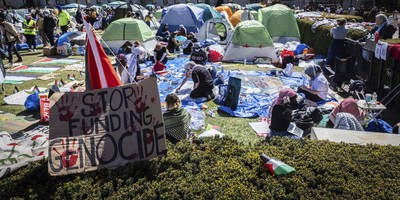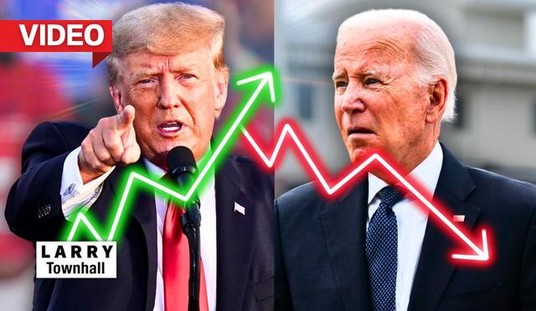The homicide victim is not the only victim, whether he is a criminal or not, for there are mourning loved ones. No one ever fully recovers from having a son, daughter, husband, mother or father murdered. Murder is not the only crime that takes a heavy toll on the black community. Blacks are disproportionately represented as victims in every category of violent crime -- e.g., forcible rape, robbery and aggravated assault.
Today's level of lawlessness and insecurity in many black communities is a relatively new phenomenon. In the 1930s, '40s and '50s, people didn't bar their windows. Doors were often left unlocked. People didn't go to bed with the sounds of gunshots. What changed everything was the liberal vision that blamed crime on poverty and racial discrimination. Academic liberals and hustling politicians told us that to deal with crime, we had to deal with those "root causes." Plus, courts began granting criminals new rights that caused murder and other violent crime rates to skyrocket. The liberals' argument ignores the fact that there was far greater civility in black neighborhoods at a time when there was far greater poverty and discrimination.
The presence of criminals, having driven many businesses out, forces residents to bear the costs of shopping outside their neighborhoods. Fearing robberies, taxi drivers -- including black drivers -- often refuse to do home pickups in black neighborhoods and frequently pass up black customers hailing them. Plus, there's the insult associated with not being able to receive pizza or other deliveries on the same terms as people in other neighborhoods.
Recommended
In low-crime neighborhoods, FedEx, UPS and other delivery companies routinely leave packages that contain valuable merchandise on a doorstep if no one is at home. That saves the expense of redelivery or recipients from having to go pick up the packages. In low-crime communities, supermarket managers may leave plants, fertilizer and other home and garden items outdoors, often unattended and overnight. They display merchandise at entryways and exits. Where there is less honesty, supermarkets cannot use all the space that they lease, and hence they are less profitable. In high-crime neighborhoods, delivery companies leaving packages at the door and supermarkets leaving goods outside unattended would be equivalent to economic suicide.
Politicians who call for law and order are often viewed negatively, but poor people are the most dependent on law and order. In the face of high crime or social disorder, wealthier people can afford to purchase alarm systems, buy guard dogs, hire guards and, if things get too bad, move to a gated community. These options are not available to poor people. The only protection they have is an orderly society.
Ultimately, the solution to high crime rests with black people. Given the current political environment, it doesn't pay a black or white politician to take those steps necessary to crack down on lawlessness in black communities.
























Join the conversation as a VIP Member